The nuances of pruning the vesicle
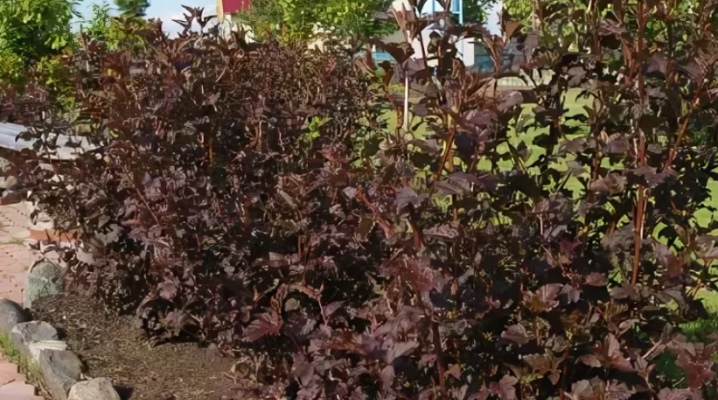
In landscape design, the bladder is very popular - an ornamental shrub with a very interesting appearance. It is unpretentious, tolerates pruning well, without much difficulty with its help you can beautifully ennoble your site. Usually, in garden design, there are Kalinolist and Amur types of shrubs. But even in working with such an undemanding plant, which by nature has an interesting spherical shape, you need to follow certain rules, for example, on time and correctly trim the shrub so that it retains an attractive appearance. The rules of pruning will be discussed in the article.

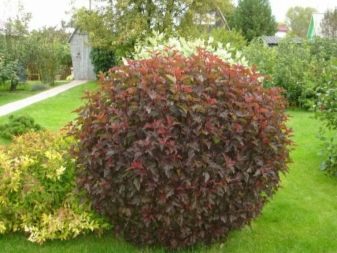
What do you need to trim?
First you need to stock up on all the necessary tools. Here's what you need to trim the vesicle.
-
Knife - it is useful when working with small shoots.
-
Garden shears - they will be used to trim thicker branches.
-
A hacksaw - will be needed for working with the crown.
-
The pruner is a versatile tool for pruning young plants.
-
A solution of potassium permanganate or other disinfectant (antiseptic, 5% solution of ferrous sulfate, "Farmayod") - for processing instruments. However, small tools can also be "cleaned" by heating using a gas burner.
-
Wire or wood frame - needed if you want to give the plant a specific shape. It can be stationary (for complex shapes) or portable.
-
The electric brush cutter is a tool for experienced gardeners. It helps a lot when working with curly bushes.
-
Heavyweight garden gloves.
-
Bamboo poles - will act as spacers.
-
Wire - useful for attaching frames and spacers.
When working with tools, you need to follow a few simple guidelines.
-
All cutting tools must be well sharpened.
-
Work surfaces must be disinfected before pruning and when moving from plant to plant. This way you can avoid infection by fungi and viruses.
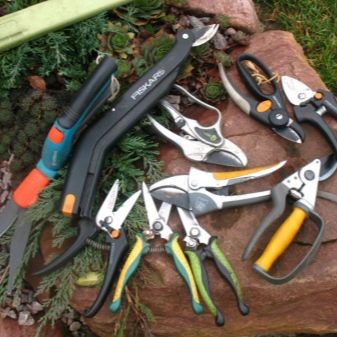
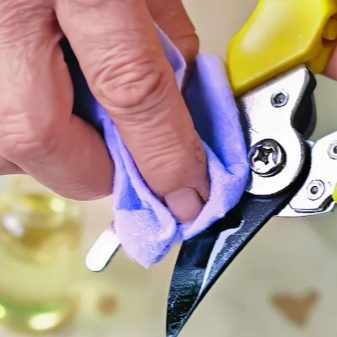
Forming technology
There are 3 main types of bush pruning:
-
sanitary;
-
decorative molding;
-
pruning to form a hedge.
First, we will consider in detail those 2 options that directly relate to giving the plant a specific shape.
Form trimming can be done with or without a framework. In the latter case, it is easiest to get 2 forms of a bush: wide, close to a ball, or fountain-like:
-
wide bush - you need to cut off all excess at a height of 0.5 m;
-
fountain - all small branches at the base are removed, the rest are trimmed.
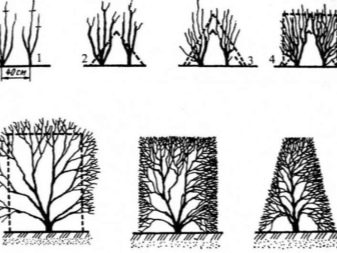

With frames
Curly pruning with a frame helps to create a bush of the correct shape - a cone, a ball, a cube. Shrubs trimmed in the form of animal figures are also popular. Labyrinths, fences, park compositions are made of such curly bushes. But for beginners, it's best to try something simple first, like a ball-shaped bush.
To shape, a special metal frame will be needed, which is mounted around the vesicle. All shoots that crawl out of the frame must be cut off. The wire structure is removed only when the figure is formed, that is, after a few years, and when creating complex figures it remains with the plant forever.
You will need to cut and level the branches annually, several times per season.And young, healthy shoots removed during pruning can be used for propagation of the vesicle.
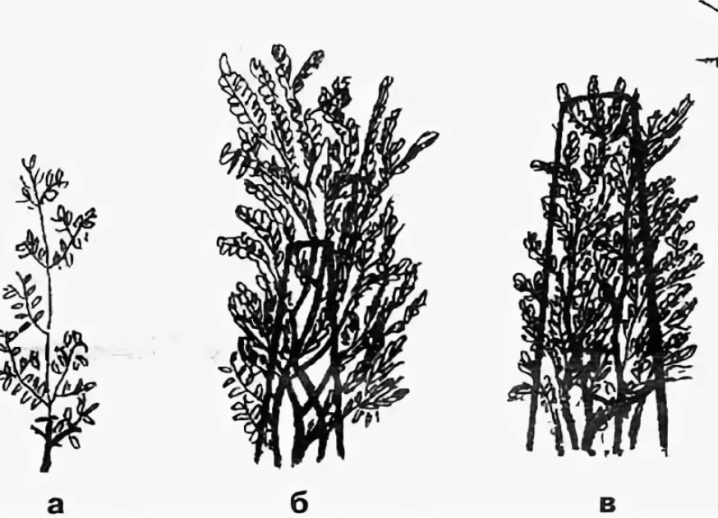
Hedge
Smooth hedges are also challenging for a beginner. All the same wire and wooden frames will help to trim the bush beautifully.
To form a dense fence, you need to adhere to the following rules:
-
plants need to be planted according to the scheme 3-5 seedlings per 1 m2 (if you want a less dense hedge, 1-2 per 1 m2);
-
if the vesicle is planted in 2 rows, then a checkerboard planting pattern is used;
-
after the first haircut, only branches with a length of 15 cm should remain;
-
when shaping, after a year, the upper shoots should be shortened by half, and 5-10 cm should be removed from the lateral ones;
-
shoots growing upward are sheared only until the bush reaches 4 years old, after which it should be able to gain height.
When creating a hedge, it is not necessary to be limited only to the vesicle, it can be supplemented with other shrubs.
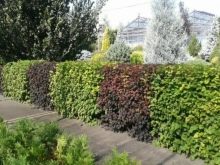
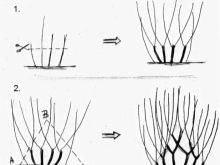
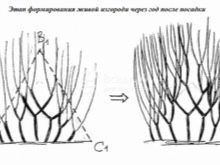
By the way, among a hedge or even planting of curly bushes, plants on a trunk will look interesting. A spherical bush on a thin leg looks original and elegant. Trimming the bladder in this way is quite difficult, but real. This effect can be obtained:
-
grafting the plant to a specially grown and formed stem;
-
from the very beginning of the bush's life, pruning it in a specific way - choosing 1-3 central shoots, and cutting off the excess;
-
cutting off the lower branches of the plant.
The last method is the simplest, but rather unpredictable.
The general rules for growing a bush on a trunk are as follows:
-
the stem of the vesicle should grow vertically, without noticeable deviations;
-
for this, it is worth not neglecting the garter and adjusting the shoots;
-
lateral processes should be cut off;
-
after the third leaf, the shoots can be pinched;
-
if you want to use the vaccination method, then the stem will be ready somewhere after 1-3 years;
-
a stalk with 3 buds is taken for inoculation;
-
new buds should appear after a month.
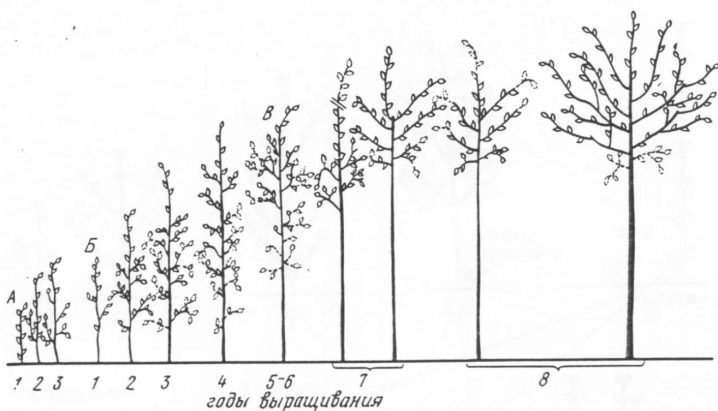
Features of the procedure, taking into account the period
As for the timing of pruning, then the recommendations are as follows.
- Planned sanitary pruning is done in the spring and fall. All damaged branches are removed, partially or entirely. In addition, in the fall, it is worth thinning the bush if it has become excessively thick.
- Unscheduled sanitary pruning is done as needed. Often - after heavy showers and during leaf fall.
Do not forget to eliminate all branches that grow inside the shrub during planned pruning.
- Trimming for hedges is performed in the spring, and in the summer, the shape is corrected.
- Forming haircut is carried out in summer, in July, after flowering, but it is permissible to carry it out in autumn.
- With summer molding pruning, the shoots are shortened by half or by a third of the growth in the first year, and by two-thirds in the future.
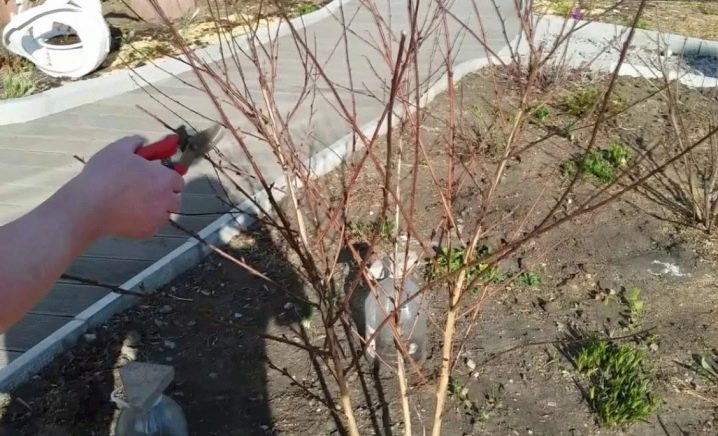
When leveling and examining garden figures, pay special attention to the lower branches and their condition. If the bush is shaped like a ball, these branches may lack light.
In cultivars with colored foliage, shoots with green leaves are cut off.
Young plants after autumn processing should be covered for the period of cold weather.
It is better to cut the plant on a cloudy but dry day, or in the early morning or late evening.
Thanks to the excellent health of the vesicle, sanitary pruning does not take much time and effort.
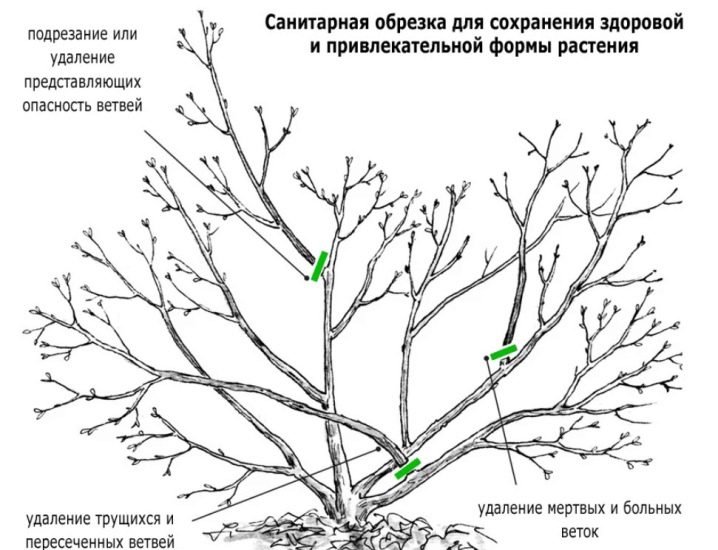
Separately, mention should be made of the rejuvenating bush trimming. This procedure is carried out after the plant has reached the age of 5 years. Signs that it is necessary are:
-
reducing the size of flowers, reducing the number of inflorescences;
-
decrease in foliage density.
All this means that old branches interfere with the growth of new ones, and it is time to thin the bush, leaving 5 cm from the old branches, and treating these scraps with garden pitch.
In order for the plant to tolerate pruning perfectly, and quickly acquire fresh shoots, it must be fed regularly.After spring pruning, you can use any complex fertilizers.
Regardless of the shape of your plant, pruning should be done regularly. Only in this way will you get a healthy plant that will delight the eye.
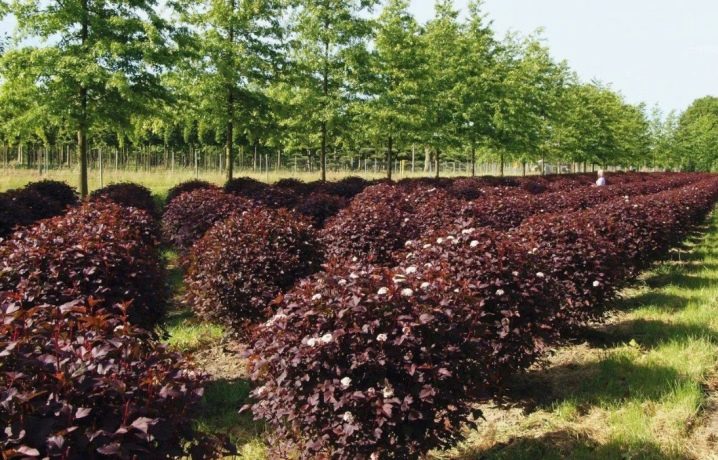
For a detailed video, see below.































































The comment was sent successfully.